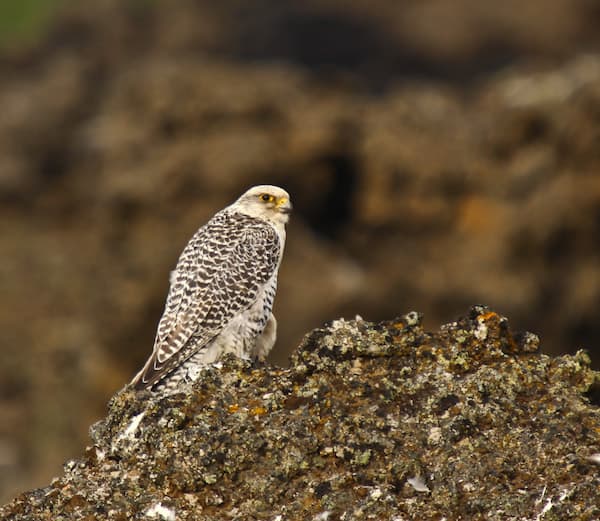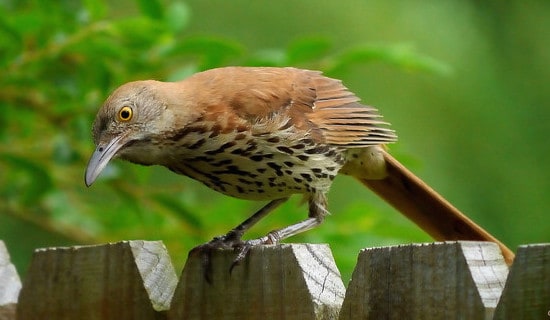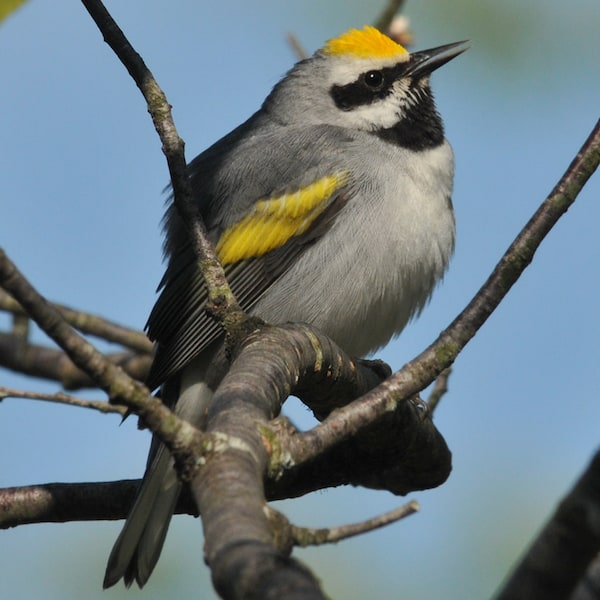The first requirement of successful rail watching is learning to identify suitable habitat. The sora, especially on migration and in winter, frequents small marshes, heavily vegetated ponds, and even grassy ditches. Simply walking the edges of such areas in April or September, or in more southerly areas at any time in the winter, can turn up birds that would otherwise go undetected.
Unlike many rails, soras fly readily when they’re startled, and your first views are likely to be of flushed birds. In low flight, soras are identifiable by their overall pale and rather gray aspect, dangling greenish legs, and short, bright bill.
Soras prefer larger marshes for breeding and tend to be more reclusive during the nesting season. Careful listening, especially at night, in wetlands where the species breeds can pay off. The sora’s song is a high-pitched, silvery giggle running rapidly down the scale: tee Hee heeheeheehee. The call is similar in its bright quality but sharper and ascending, with a whiplike accent on the second syllable: so-REE, so-REE.
Listen to a Sora:
It is important to avoid stressing nesting pairs by playing recordings of vocalizations during the breeding season. When the young have left the nest—typically four or five days after hatching—family groups can sometimes be seen wandering marsh edges. The down of very young sora chicks is glossy black, making for potential confusion with the similarly tiny and vastly scarcer black rail. Black rails have a distinctive chestnut “saddle” and much darker underparts. When in doubt, wait for the parents!
Older birders may remember the days when rails were regularly flushed by throwing firecrackers into a marsh or dragging weighted ropes across wet fields. Such disruptive practices are—or should be—a thing of the past. However, a similar, if unintended, effect can be witnessed each autumn in Louisiana. There, combines harvesting rice can flush dozens or even hundreds of soras along with other, rarer birds. An annual birding festival celebrates this incredible phenomenon.
Taxonomy & Classification
The sora belongs to a group of chubby, short-billed rails often called “crakes.” It has sometimes been known, especially in European sources, as the Carolina crake. Its scientific name is Porzana carolina. “Porzana” means simply “small rail.”
“Carolina” refers to the region where naturalist Mark Catesby first encountered the “soree” and painted it for his Natural History of Carolina, Florida and the Bahamas. Like all rails, the sora is a member of the order Gruiformes, which also includes the cranes and limpkins. The species belongs to the family Rallidae, which it shares with the other rails, coots, and gallinules.




